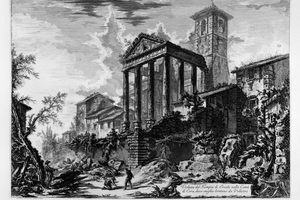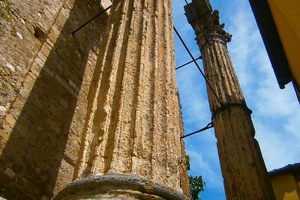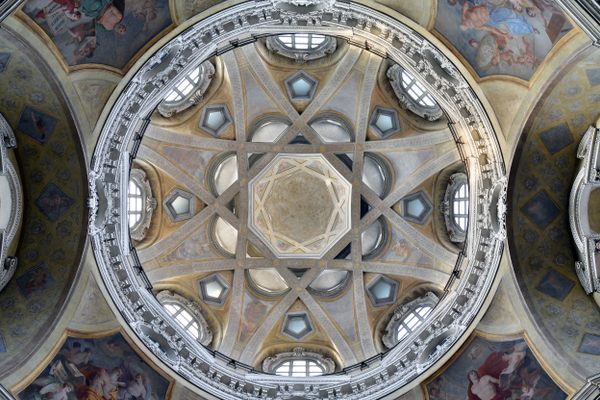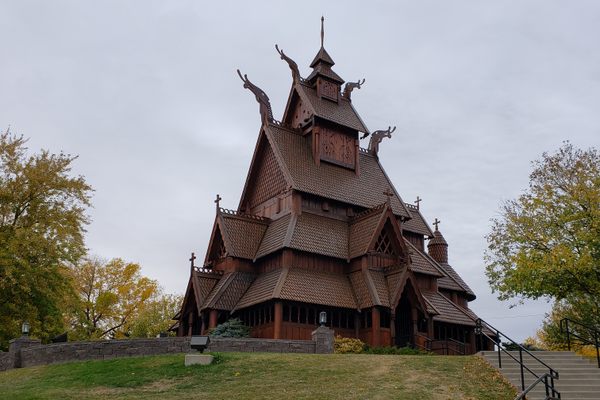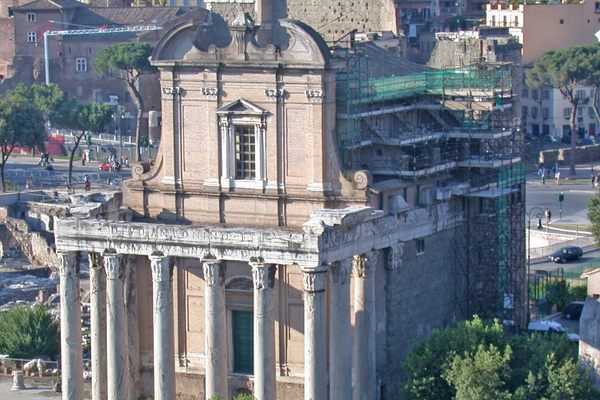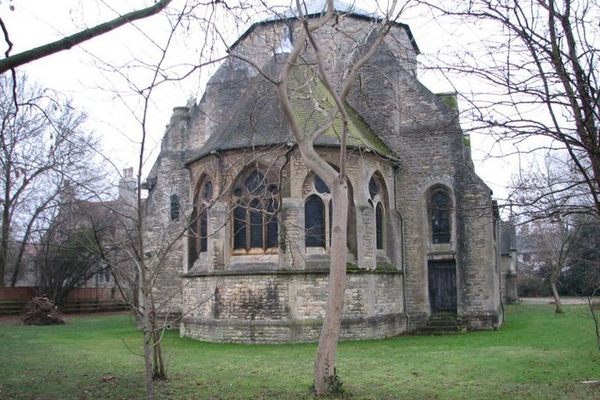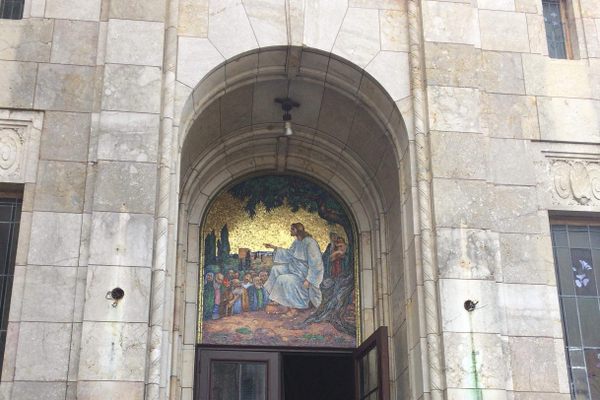About
The Church of Saint Peter, dates back to the 1200s and was constructed atop a limestone base. A similar technique is seen in Segni's impressive Cyclopean walls. The church was constructed atop the ruins of a temple scholars believe may have been dedicated to Hera. The church was designed in an Etruscan-Italic style with a colonnaded vestibule out front. A massive cross also stands at the front of the church.
Various terracotta decorative elements from the original temple that date to the 5th-century are currently on display at the Etruscan National Museum at Villa Giulia, in Rome. The entire region surrounding this church underwent a massive restoration period the age of the Roman Republic.
Behind the church, is an enormous basin that has been identified as an ancient Roman cistern. The cistern was lined with tuff stones and showcases a construction technique believed to have originated in the city of Segni. The opus signum or cocciopesto in Italian, involves using fragments of broken tiles and pottery mixed with mortar.
The church is known as the place where Pope Alexander III recognized the martyrdom of Thomas Beckett. Beckett was killed by knights inside his cathedral for opposing King Henry II's desire to reform church policies and law. Thomas Beckett is better known today as Saint Thomas of Canterbury.
Related Tags
Flavors of Italy: Roman Carbonara, Florentine Steak & Venetian Cocktails
Savor local cuisine across Rome, Florence & Venice.
Book NowPublished
April 1, 2020










